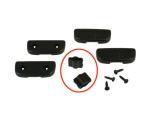oratory1990] 측정치 옥의 티, 그리고 한계
 SunRise
SunRise
온갖 타겟을 검색하다가 좋은 글이 있어 갈무리하여 올립니다.
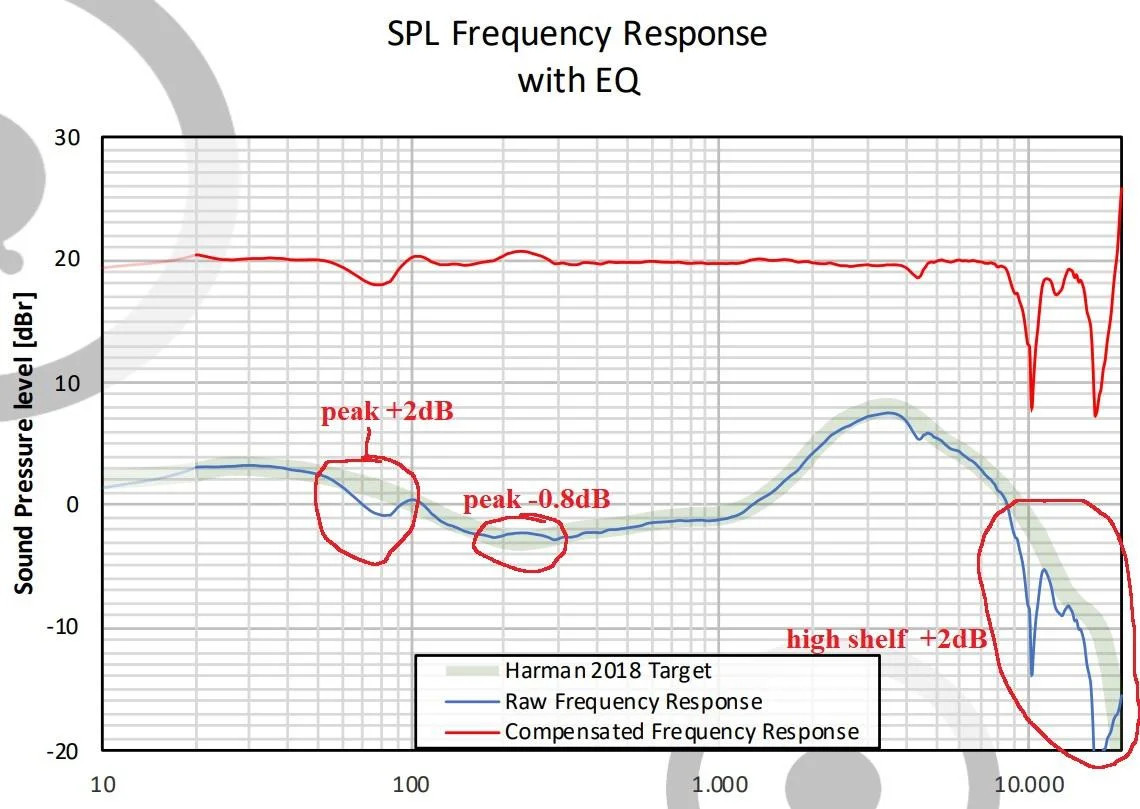
earpad resonance (like the feature at 80 Hz on the Nad Viso HP50) - this will be at a different frequency and/or height when the headphone is worn on your head. Or (most likely) it won't show up at all due to you having skin and hair on your skull, so the resonance gets damped before it happens
ear canal resonance - depending on how far you insert the earphone, you'll see a resonance peak somewhere at 7-10 kHz. On 711 couplers, this peak will be relatively high and narrow-band. On high-res couplers the peak will be lower (more damped) but still present. The actual height and spectral position will depend on the exact shape and length of your ear canal, so it can't be predicted by a measurement. Meaning that if you try to remove the measured resonance, you'll be trying to remove something that won't exist (or will exist elsewhere) when you place the earphone in your ear.
eartip resonance - Eartips on IEMs start to "wobble" (resonate) somewhere at 200-400 Hz (depending on how deep you insert them) if you measure with a metal ear canal (711 coupler) instead of a fleshy/silicone ear canal. This is seen as a slight peak followed by a slight dip (1-2 dB) in the FR. Since this doesn't happen when the earphone is placed in a human ear, one should of course not try to correct it with EQ.
concha / tragus resonance - over-ear headphones typically have a dip anywhere from 8-10 kHz caused by the shape of the concha. As it is caused by the ear (and not by the headphone), it would also be present if we were to measure a perfectly linear loudspeaker with the dummy head. Therefore it has to be there, and mustn't be removed with EQ. Why is it not part of the target then? Because its exact spectral position and height/depth depend a lot on how exactly the headphone is placed on your head, and on the actual shape of the ear.
구글 번역본
이어패드 공명 (Nad Viso HP50의 80Hz 기능과 유사) - 헤드폰을 머리에 착용하면 다른 주파수 및/또는 높이에서 발생합니다. 또는 (대부분) 두개골에 피부와 머리카락이 있기 때문에 전혀 표시되지 않으므로 발생하기 전에 공명이 감쇠됩니다.
외이도 공명 - 이어폰을 얼마나 멀리 삽입하느냐에 따라 7-10kHz 어딘가에서 공명 피크를 볼 수 있습니다. 711 커플러에서 이 피크는 비교적 높고 협대역입니다. 고해상도 커플러에서 피크는 더 낮지만(더 감쇠됨) 여전히 존재합니다. 실제 높이와 스펙트럼 위치는 외이도의 정확한 모양과 길이에 따라 달라지므로 측정으로 예측할 수 없습니다 . 측정된 공진을 제거 하려고 하면 이어폰을 귀에 꽂았을 때 존재하지 않는(또는 다른 곳에 존재할) 것을 제거하려고 한다는 의미입니다 .
이어팁 공명 - IEM의 이어팁은 다육질/실리콘 외이도 대신 금속 외이도(711 커플러)로 측정하는 경우 200-400Hz(삽입 깊이에 따라 다름) 어딘가에서 "워블"(공진)하기 시작합니다. 이것은 FR에서 약간의 딥(1-2dB)이 뒤따르는 약간의 피크로 보여집니다. 이어폰을 사람의 귀에 꽂았을 때는 이런 일이 일어나지 않으니 EQ로 교정하려고 해서는 안 됩니다.
외이/이주 공명 - 오버이어 헤드폰은 일반적으로 외이의 모양으로 인해 8-10kHz의 딥이 있습니다. 헤드폰이 아니라 귀로 인해 발생하므로 더미 헤드로 완벽하게 선형인 스피커를 측정하는 경우에도 발생할 수 있습니다. 그러므로 그것은 거기 에 있어야 하고 EQ로 제거되어서는 안 됩니다. 그렇다면 대상의 일부가 아닌 이유는 무엇입니까? 정확한 스펙트럼 위치와 높이/깊이는 헤드폰이 머리에 정확히 어떻게 배치되는지와 실제 귀 모양에 따라 많이 달라집니다.
출처
https://www.reddit.com/r/oratory1990/comments/iipt59/gras_kemar_hrtf_files_for_use_in_chris_struck/










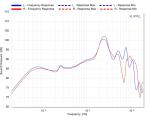


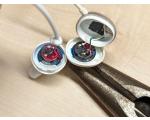
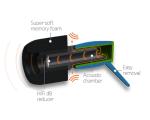
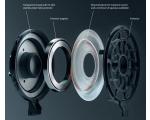

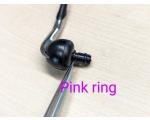
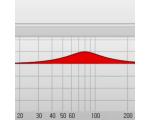


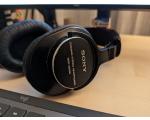
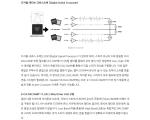
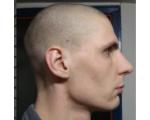
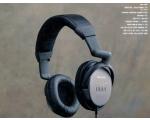

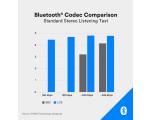


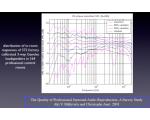

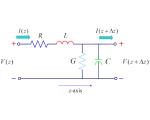
![oratory1990] 측정치 옥의 티, 그리고 한계](/files/thumbnails/661/314/002/150x120.ratio.jpg?t=1708149333)
